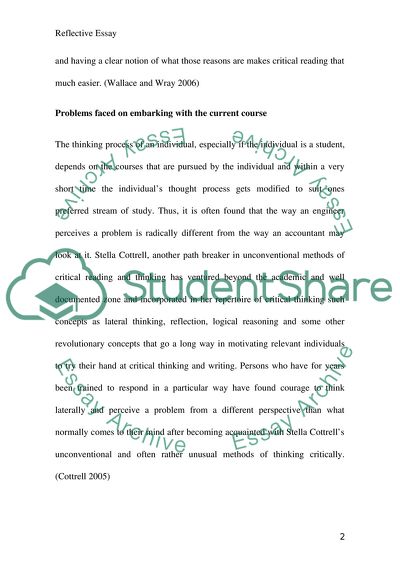Cite this document
(The Art of Critical Thinking Personal Statement, n.d.)
The Art of Critical Thinking Personal Statement. https://studentshare.org/sociology/1726974-reflective-essay
The Art of Critical Thinking Personal Statement. https://studentshare.org/sociology/1726974-reflective-essay
(The Art of Critical Thinking Personal Statement)
The Art of Critical Thinking Personal Statement. https://studentshare.org/sociology/1726974-reflective-essay.
The Art of Critical Thinking Personal Statement. https://studentshare.org/sociology/1726974-reflective-essay.
“The Art of Critical Thinking Personal Statement”. https://studentshare.org/sociology/1726974-reflective-essay.


